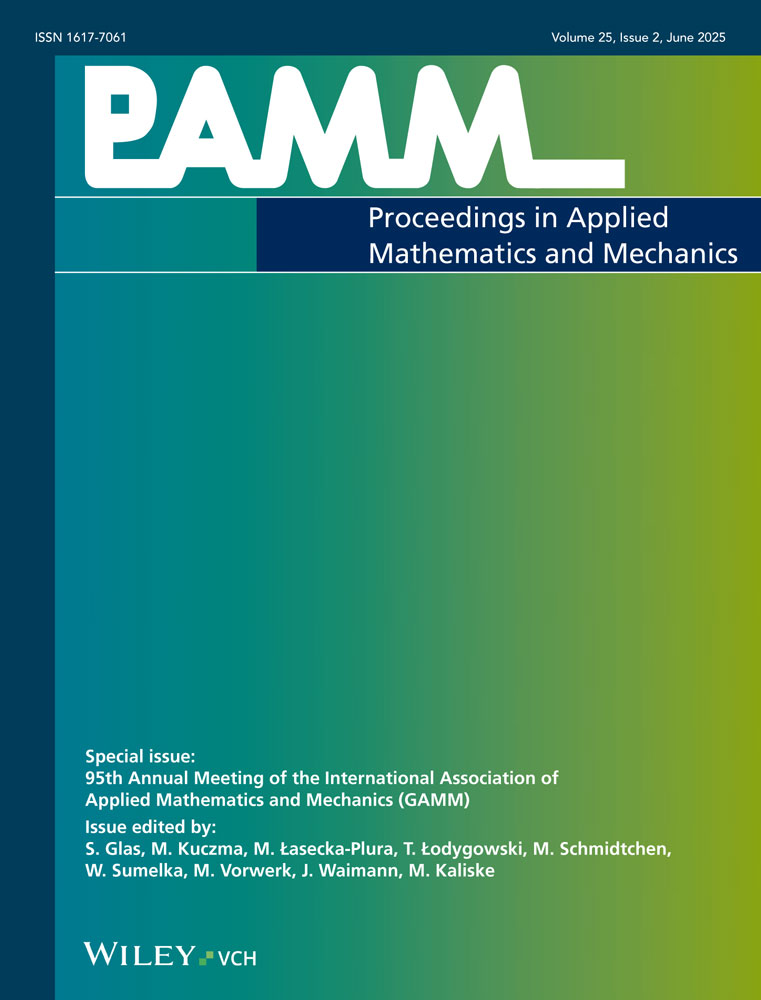A multi-scale time-dependent constitutive model of soft collagenous tissue
Abstract
This contribution presents a micro-mechanically motivated, time-dependent constitutive model of soft biological tissues. It considers seperate contributions of the matrix material, collagen fibrils, proteoglycans (PGs) as well as their interactions. It is based on the observations [6], that PG bridges facilitate sliding between fibrils.
The initial overlapping lengths of the PG bridges are statistically distributed and decrease due to slippage. A linear-elastic force response of a PG bridge is assumed. Damage of the PG bridges is reversible and decays over time (cf. Gupta et al. [1]). This behaviour is taken into account by a healing model based on the evolution of the overlapping length.
The damage of the PG bridges decreases the PG density and in turn increases the fibril contact, leading to fibril stretch. The strain energy function of fibrils is based on the response of single tropocollagen molecules and takes both, an entropic and an energetic regime into account. At higher strains, fibrils can additionally undergo damage, which in contrast to the PG damage is irreversible.
The so obtained constitutive model is capable to predict several mechanical phenomena of soft tissues, such as non-linearity, Mullins effect, hysteresis and permanent set. Finally the model is compared against experimental data available in the literature. (© 2015 Wiley-VCH Verlag GmbH & Co. KGaA, Weinheim)




